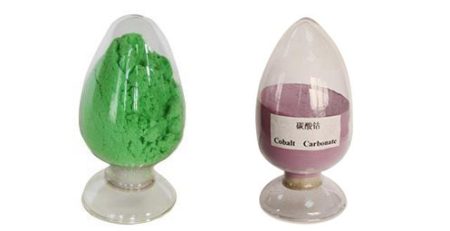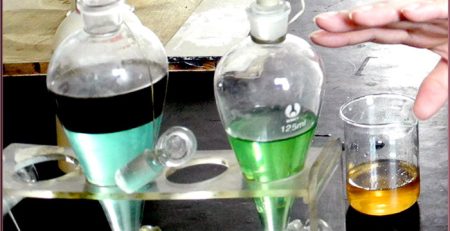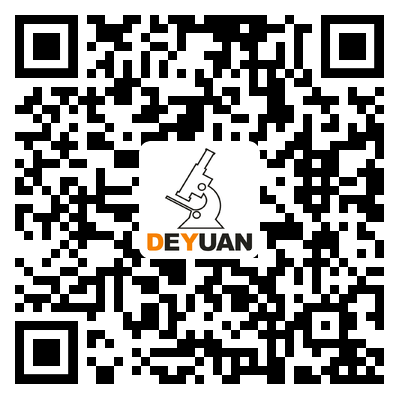DZ272 nickel cobalt extractant for lithium batteries material
DZ272 is the most commonly used extractant of nickel and cobalt for lithium batteries is a solvent called organophosphinic extractant. It is widely used in the extraction of nickel and cobalt from their ores or from waste materials generated during the production of lithium batteries.
the general process of using DZ272 to extract nickel and cobalt from lithium battery materials involves several steps:
1. Leaching: The materials containing nickel and cobalt are first treated with a chemical solution to dissolve the metals into a liquid phase.
2. Extraction: The liquid containing nickel and cobalt is then treated with DZ272, which selectively binds with these metals and separates them from other elements in the solution.
3. Stripping: The loaded DZ272 is then treated with another chemical solution to release the nickel and cobalt ions and form a concentrated solution of these metals.
4. Purification: The concentrated solution is then purified using a series of chemical and physical techniques to produce high-purity nickel and cobalt products suitable for use in lithium battery manufacture.
It’s worth noting that the specific conditions and procedures for using DZ272 may vary depending on the type and quality of the materials being processed, as well as the desired final product specifications.
Lithium battery material extractants are chemicals that are used to extract lithium from mineral ore. Here are some general specifications that may be provided for lithium battery material extractants:
1. Purity: The purity level of a lithium battery material extractant is typically listed as a percentage. The higher the percentage, the better the quality of the extractant. Purity levels can range from 98% to 99.99%.
2. Appearance: Lithium battery material extractants can come in various forms, such as liquid, powder, or granular. The appearance of the extractant can sometimes indicate its quality or usability.
3. Density: Lithium battery material extractants have different densities, which can impact their ability to effectively extract lithium. Typical densities range from 0.6 g/mL to 1.2 g/mL.
4. Solubility: Lithium battery material extractants need to be soluble in certain solvents, such as water or organic solvents, in order to be effective. The solubility of the extractant can impact its ease of use and effectiveness.
It’s important to note that specific specifications may vary depending on the manufacturer and intended use of the lithium battery material extractant.
We special to focus on R&D metal extraction reagents, our major products as below:
- DZ988N/DZ973N/DZ902 copper solvent extraction reagent.
- DZ272 Nickel, cobalt, manganese, and magnesium separation extractant.
- DY319 high efficiency nickel cobalt co extraction extractant.
- DY377 efficient nickel and diamond separation extractant.
- DY366 new advanced nickel cobalt extractant.
- P204 (D2EHPA or HDEHP) extractant.
- DY301, DY302 for nuclear spent fuel recovery.
- Other extraction reagents for Vanadium extractant, Lithium extractant, Ferro extractant and rare earth extractant.




